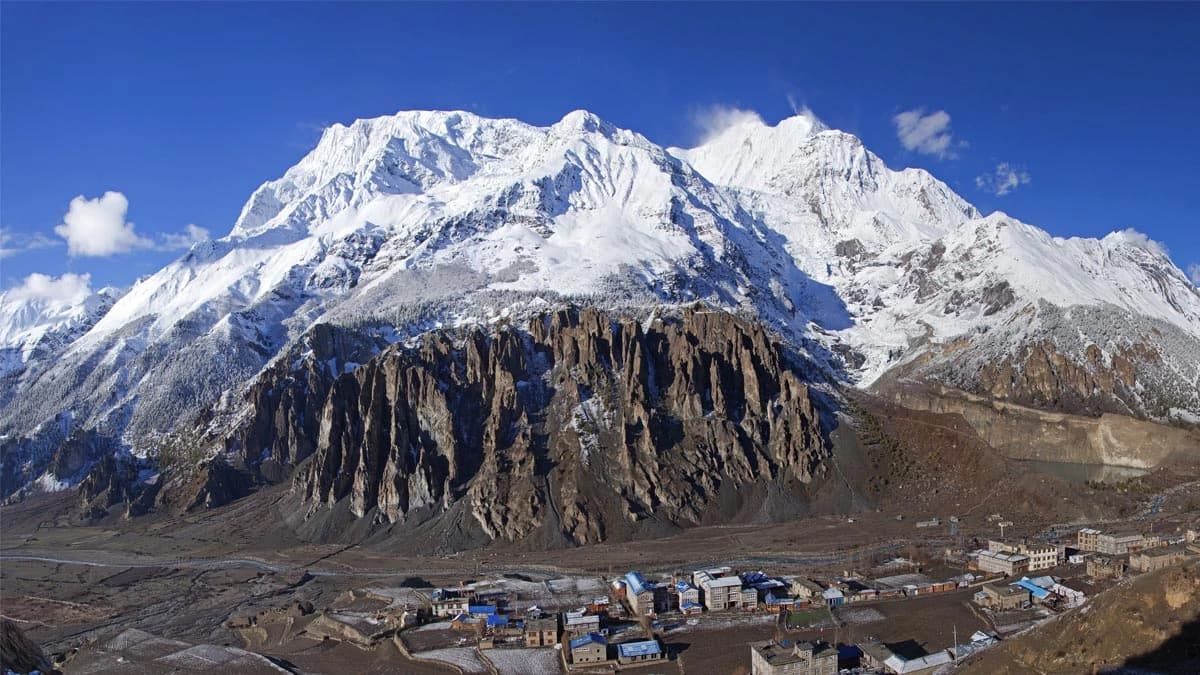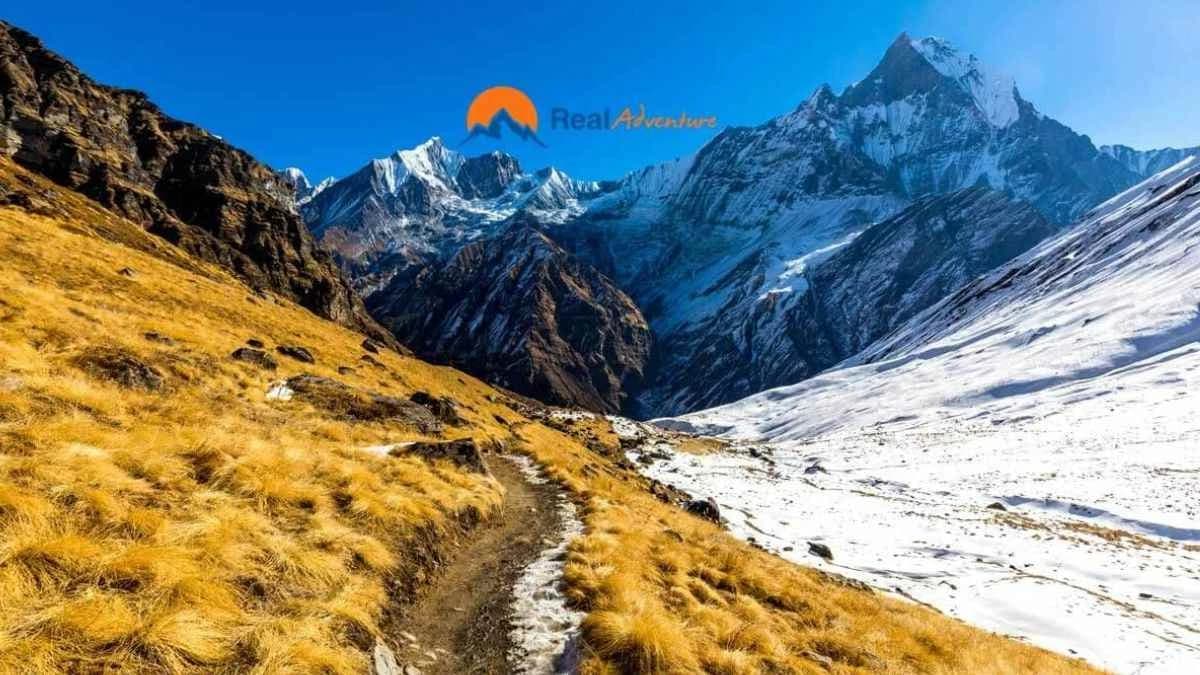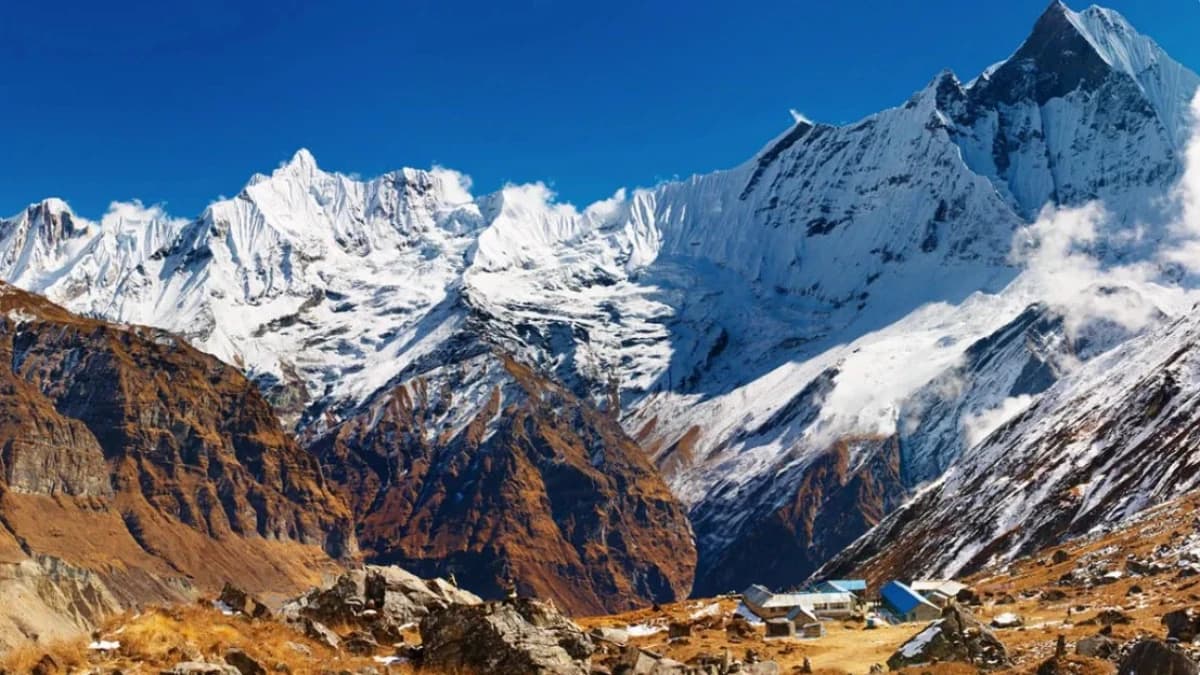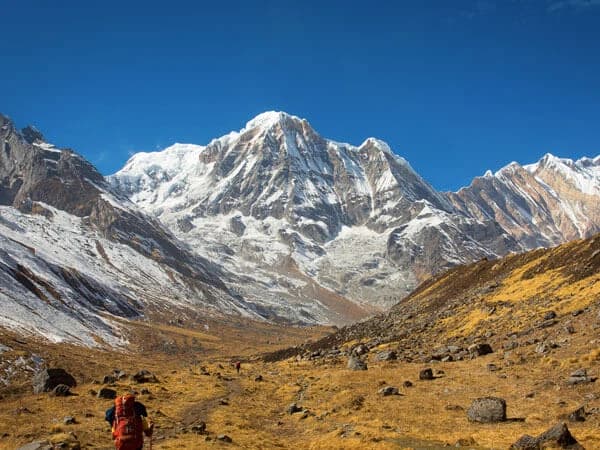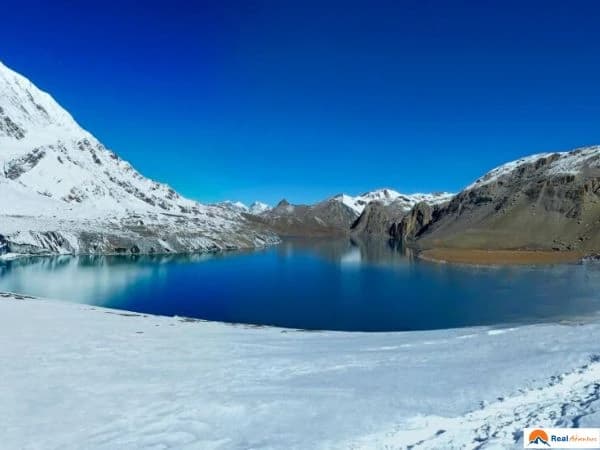10 Days Annapurna Circuit Trek – A Thrilling Annapurna Himalayan Adventure
The Annapurna Circuit Trek is a 10 day long adventure that is a simpler version of the known Annapurna Circuit. This 10 day trip offers a complete Himalayan trekking adventure in a shorter time period. The trek is a high altitude journey that is composed for people who are short on time yet want to visit and experience the natural beauty and the cultures of the region. The trek goes from beautiful views/landscapes to rural nepali villages.
The trek typically starts from a place called Chame in the Manang district of Nepal. The trek leads through lush green forests, mountain trails and grasslands. One of the main highlights of the trip is the famous Thorong La pass (5,416m) which is one of the highest trekking passes in the world. This is specially famous as the crossing from Thorong La pass opens you to jaw dropping panoramic views of the Annapurna, Dhaulagiri and Manasulu Mountain range. This trek is different from others as it is at a higher elevation and the terrain of the trek is also a bit challenging.
As the trail goes on, trekkers pass through local villages inhabited by the Gurung, Managi and Thakali communities of Nepal. These cultural encounters make the trek feel more fun and more knowledgeable. The good hospitality and warmth of families provide an authentic cultural view that enhances the trekking experience for the trekkers.
The 10 day itinerary for the Annapurna Circuit is created in a way such that trekkers can optimize to the higher altitude whilst getting to look at the beautiful scenery. Although this trek is smaller than the Annapurna Trek, this trek still includes all the major highlights from Marsyangdi Valley, Manag and Thorong La. This trek usually ends in the Jomsom region of Mustang. Mustang is a famous place which is known for its apples, plain desert like valleys and beautiful views of mountains.
The Annapurna Circuit Trek is most suited for hikers who are experienced so that they are prepared for multi-day trekking at high altitudes. The weather in the region can vastly vary as it may be extremely harsh during the colder seasons specially in the Thorang La pass. Although this trek faces you with lots of challenges, the feeling of completing this trip is like no other. This makes it one of the most rewarding treks in all of Nepal.
What makes this trek very special is due to its diversity. The trek takes you through tropical forests, farmlands, deserts and snowy areas making it a one in all package. The soothing transitions in landscapes from sudden deserts to sudden snows truly makes this trek a special adventure.
Choosing to go from Kathmandu or Pokhara is the most popular option as trekkers find it convenient to depart from major cities due to their accessibility. Pokhara which is a major city filled with beautiful scenery, mountains and lakes acts as a gateway to the Annapurna Region making it the perfect place to relax and cool down before the long trek ahead.
Whether you are an experienced trekker or a first time trekker the 10 day Annapurna Circuit Trek offers you a short yet fulfilling journey. It is not only a physical challenge but a trip into Nepal's natural beauty, cultures and jaw dropping views. If you are searching for a high altitude trekking adventure that combines culture, natural beauty and physical challenge this is the best trek for you. The personal achievement of fulfilling this trip is like no other hence this is one of the most recommended trips for everyone.
Trip Highlights
- Thorong La Pass (5,416m) - Cross is one of the highest trekking passes in the world.
- Diverse Landscapes - Trek through lush valleys, arid highlands, and snow-capped peaks.
- Breathtaking Mountain Views - Enjoy stunning views of the Annapurna, Dhaulagiri, and Manaslu ranges.
- Cultural Experience - Explore the rich traditions of Gurung, Thakali, and Manangi communities.
- Muktinath Temple - Visit this sacred pilgrimage site for Hindus and Buddhists.
- Jomsom and Kagbeni - Walk through charming villages in the lower Mustang region.
- Shorter Duration - Perfect for trekkers seeking a condensed version of the Annapurna Circuit.
- Witness the stunning sunrise - One of the magical moments on the Annapurna Circuit Trek is witnessing the spectacular sunsets over the majestic Himalayas. These sunsets create picture-perfect moments, making the trek even more memorable.
Trek’s Route Map
The Annapurna Circuit Trek map is one of the world's most attractive and multifaceted trekking routes. The trek starts at Besisahar and goes around the Annapurna mountain range circularly, with many beautiful villages, varieties of vegetation, and rocky lands in between. You will trek the Marsyangdi River's banks, detour towards the high Thorong La Pass, and descend the world’s deepest gorge, Kali Gandaki Gorge. The route has different seasonal variations, from green, low in altitude, to dusty, high in elevation; hence, the Annapurna Circuit Trek distance is strenuous but fulfilling.
To give a broad overview, the total trekking distance covered in the Annapurna Circuit Trek itinerary is roughly 160 to 230 km along the routes determined by the significant commencing and concluding points.


